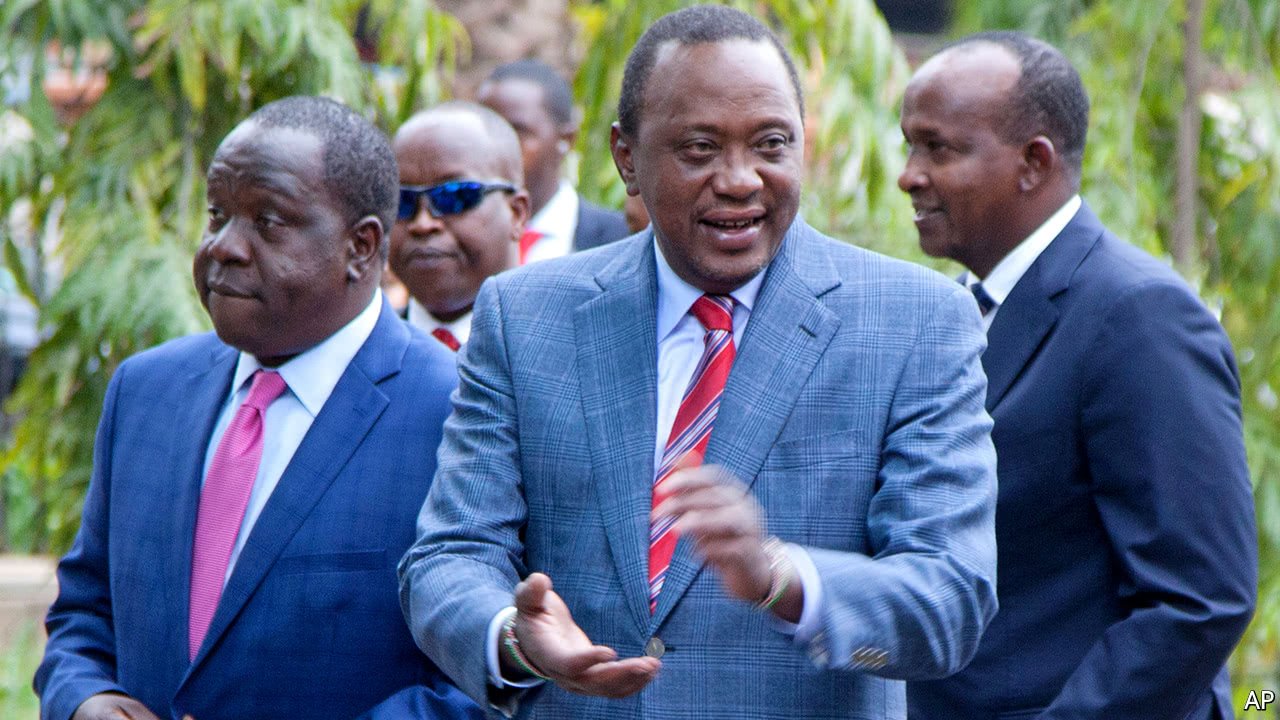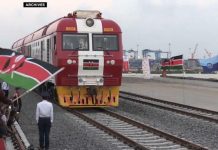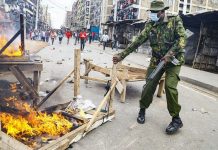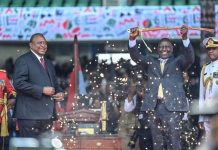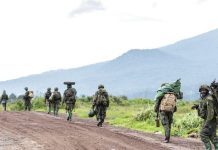By Faridah N Kulumba
Africa-Press-Kenya The Republic of Kenya is a country found in Eastern Africa. The country achieved responsible self-government on December 12th, 1963, after being colonized by the British Empire, in 1964 Kenya became a republic but remained a member of the Commonwealth of Nations. The country’s political challenges started way back in the 1960s, starting with ethnicity, constitution, Corruption, and many others.
Corruption background
Corruption in the Kenya government started during the regimes of the first presidents including Jomo Kenyata, Arap Moi, and Mwai Kibaki. After the Republic of Kenya was proclaimed on 12 December 1964, Jomo became the country’s first president. During his administration corruption became widespread throughout the government, civil service, also in business community. President Kenyatta and his family also got involved in this corruption by enriching themselves through the mass purchase of property by using his presidential position. This act aroused great anger among Kenyans who were landless.
Current corruption
Currently, during President Uhuru Kenyatta of the Jubilee party’s administration, corruption is still a challenge. In the 2020 Corruption Perceptions Index Kenya ranked 124 out of 180 countries for corruption. In October 2021, the family of Kenyan President Uhuru Kenyatta was linked to a freshly released declassification that exposed how the rich and mighty have stashed billions of shillings in offshore accounts. Kenyatta and six members of his family were linked to 13 offshore companies, according to the Pandora Papers 12 million files which is the biggest leak in history.
Election irregularities
History
Kenya’s elections have always been marred by irregularities. Kenya transitioned to a multiparty political system in 1991, after 26 years of single-party rule. President Moi five months before the end of his term dissolved parliament and ordered for a fresh election in which the then ruling party Kenya African Nation Union (KANU), Forum for the Restoration of Democracy Kenya (FORD), and FORD Asili participated. The election was marked by large-scale intimidation of opponents and harassment of officials. This resulted in an economic crisis propagated by ethnic violence as Moi was accused of rigging electoral results to retain power.
Election violence traits
Elections have been along ethnic lines in many Kenyan communities and have been witnessed in several elections. Between 2007and 2008, political violence, economic and humanitarian crises erupted in Kenya after former President Kibaki was declared the winner of the presidential election held on December 27, 2007. These elections were fiercely disputed and triggered widespread violence throughout the country.
This was the most violent crisis that had hit Kenya since the Mau-Mau uprising. From the general election day and signing of the power-sharing agreement to 28 February 2008, Kenya was on the brink of civil war. In only two months, over a thousand people were killed and about 350,000 were forced to move around in search of refuge (Karabo, 2008). Subsequent reports point to almost 1,500 deaths and nearly 700,000 people internally displaced due to post-election violence.
Although there no much violence after the victory of the Jubilee Alliance on the March 2013 elections, with a tightly contested vote (with Jubilee avoiding a run-off by less than 1 percent) and yet again evidence of voting irregularities (Gettleman, 2013), the losing party and Kenyans turned to the courts instead of guns. However, it may not represent a trend nor the overcoming of the drivers of conflict but instead, a belief in the credibility (though fragile) of the institutions created or reformed under the new Constitution. However, many challenges still remain unresolved. And now all eyes are on Kenya to see what will happen during the August 2022 general election.
Kenya faces the challenge of ethnic conflicts which occur frequently. This problem started way back in the 1960s when Kenya got its independence from colonial rule. A significant increase in the severity of these conflicts between various groups inhabiting the country was witnessed after the introduction of multi-party politics, especially between 2007 and 2008 after the general elections.
Among the structural elements that have generated and fuelled conflicts in this country, including natural resources in particular tensions over land issues and management of natural resources leading to politicization of territorial administration and pastoralists, political dimensions such as the exacerbated centrality of an all-powerful presidential system leading to centrifugal disputes over state control, a culture of corruption and impunity extensible to political institutions and the perception of the state as a predatory actor from the historical legacy of political elites’ manipulation of collective (ethnic) identities and episodic outbreaks of political violence.
Terrorism acts
Kenya is one of the victims of transnational terrorism in East Africa. As a response, the government has adopted numerous measures including legislation, the establishment of security organs to police the menace, building a border wall between Kenya and Somalia, attempts to repeal the 2006 Refugee Act, and closing refugee camps in order to prevent and counter violent extremism, and community policing. On 24 March 2021, the government of Kenya ordered the United Nations High Commissioner for Refugees (UNHCR) to close the Dadaab and the Kakuma refugee camps, home to 410,000 refugees from Somalia, citing national security concerns.
However, in spite of these activities, acts of terror and violent extremism continue to pose a threat to Kenya. In September last year at least 15 members of the Al-Shabaab terrorist group were killed in Kenya when their vehicle ran over an improvised explosive device (IED) which the group had planted in Lamu County near the border with Somalia. Al-Shabaab terrorists have long carried out IED attacks in Kenya targeting security officers patrolling key routes on the porous Kenya-Somali border. The continuous threats to Kenya bring a question to whether the counter-terrorism practiced by the country’s security is counterproductive.

